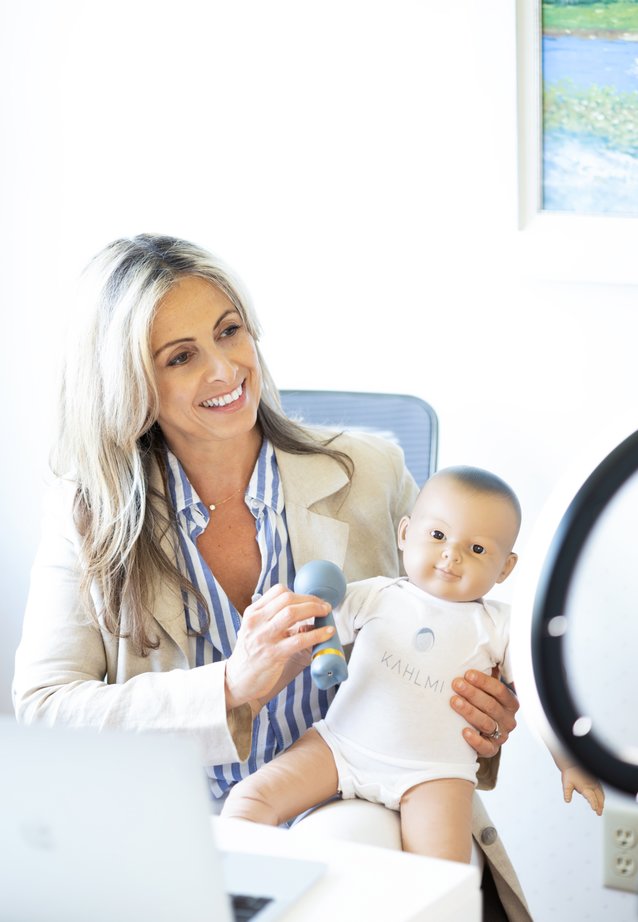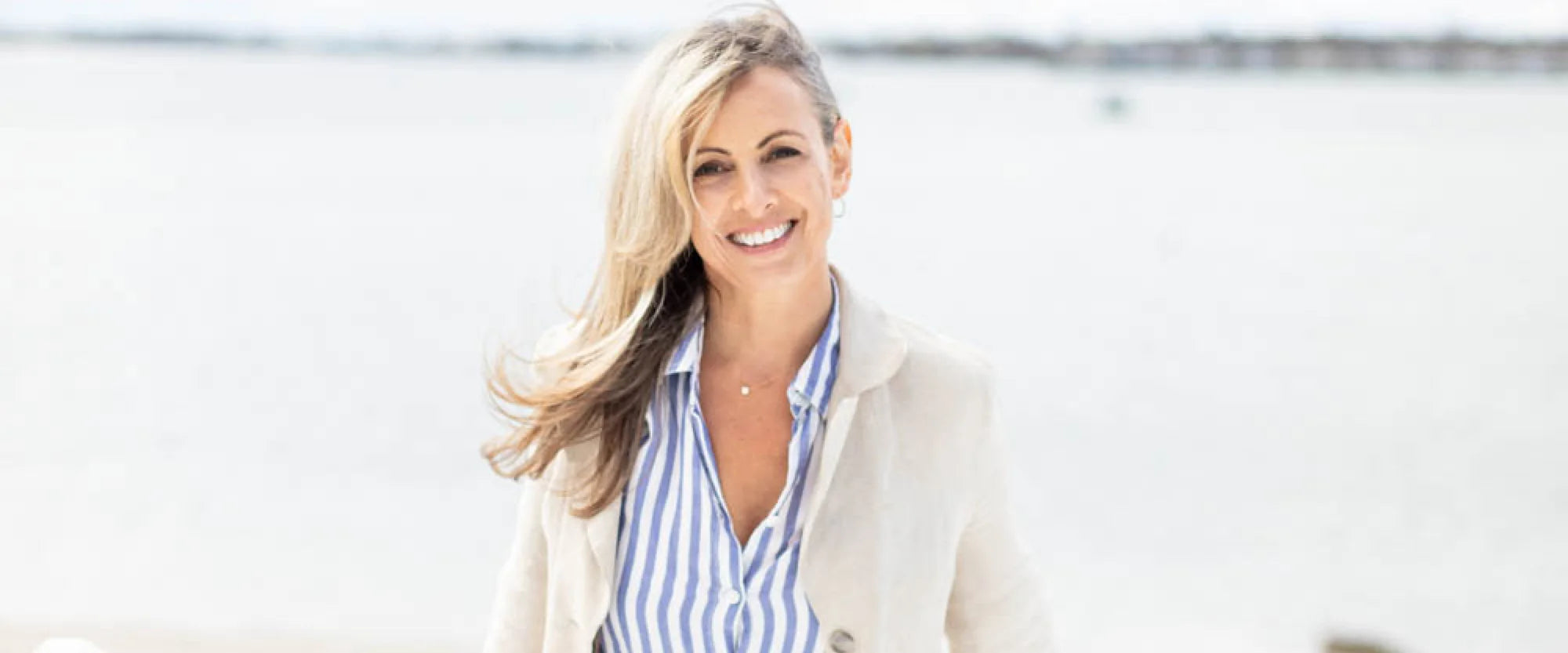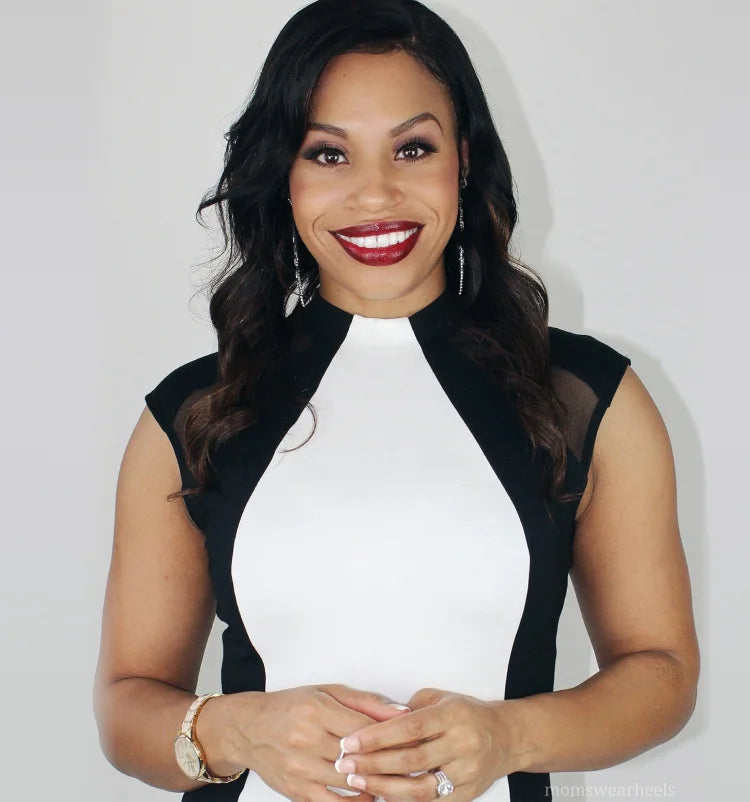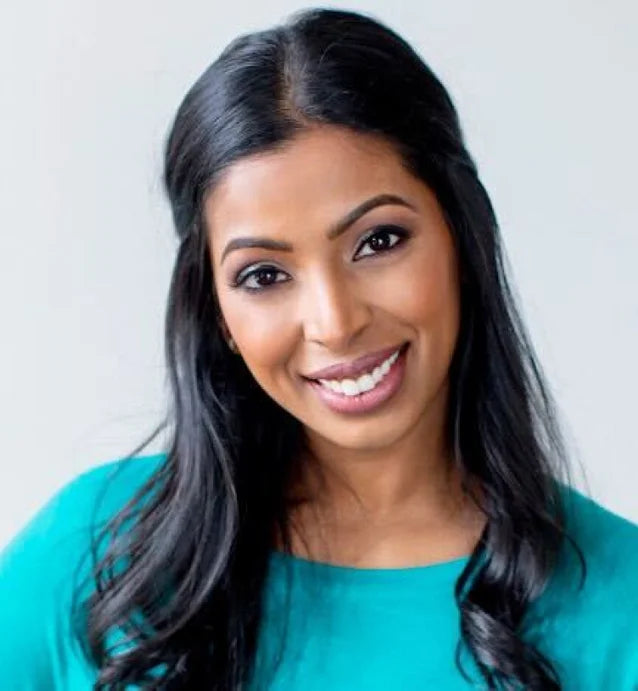Q&A with Elina Furman of Kahlmi
Our Expert:
Elina Furman of Kahlmi
BABY MASSAGE EDUCATOR, AUTHOR, SEEKER OF CALM
Elina's journey with baby massage began with her own experience as a new parent. As a work-at-home mom, she struggled with postpartum anxiety and found herself trying to distract her babies rather than taking more time to connect with them.
She later became a certified infant massage instructor and developed Kahlmi, the first baby massager that eliminates many of the fears and barriers to massage that so many new parents feel. By helping to empower and educate families about the importance of two-way physical communication in an ever increasingly disconnected world, she hopes to provide a strong foundation for families built on trust, touch and love.
What are the names and ages of your kids?
Julian is 14 and Dylan is 9.
How did you develop your interest in baby massage?
My own journey with baby massage peaked when my oldest son was diagnosed with anxiety at age 8. As a baby, he had colic and I suffered from postpartum anxiety. It’s hard to say if it was because of sleep deprivation or his digestive discomfort, but our first year was a rough one. I was also working full time at home and between making sure he napped and got fresh air and answering the mountain of work emails, I struggled to find engaging activities for the two of us. I became a baby product marketer and expert and became deeply interested in the symbiotic relationship between baby’s and mom’s wellness. I realized how interconnected the relationship between mom and baby was and wanted to support companies who made the transition to new motherhood a little smoother, while aiding the bonding process.
To help my son with anxiety, I had been working with a few therapists and started doing my own research into studies and discovered that baby and child massage was often used with kids his age. There was mounting evidence that massage was a strong indicator of healthy social, physical and emotional development. I wished I had done massage with him when he was little but there was no use looking backward. I started a massage routine with him and found it really allayed so much of his anxiety. That’s when I realized that baby massage was one of the most important practices that served both the parent and the baby equally. I vowed to bring awareness to this ancient practice to help other new parents and further baby massage education around the world.

What is the history and background of baby massage?
The history of massage dates back centuries to China 2700 BC. Through the years, it has become a deeply important practice popular in Indian, Asian, African and Caribbean cultures. They even have women in India who come to your house called Ammas, who massage your baby once a day. In the US, we have night nannies and sleep coaches, but in other cultures a priority is placed on massage.
The work of Dr. Tiffany Fields, who is a researcher and professor in the Departments of Pediatrics, Psychology, and Psychiatry at the University of Miami School of Medicine, has been very instrumental in showing how massage can help preemies grow as well as benefit babies and children as a whole. Field began conducting research into the beneficial effects of healthy touch in 1982, long before massage was even beginning to be accepted by either physicians or the public. She established the Touch Research Institutes at the University of Miami School of Medicine, with a start-up grant from Johnson & Johnson. Before that, no other organization was focused on the study of massage.
Today, due to increasing funding, research and scientific study of the benefits of baby massage, the practice continues to grow in popularity.
Why should moms massage their babies?
There are so many benefits to baby massage. At the most basic level, you are spending time de-stressing your baby. Touch has been shown to reduce cortisol levels in both mom and baby and by singing and making eye contact with baby, you are actually increasing the parental bond, which makes for a great daily ritual.
It’s not surprising that the importance of baby massage for baby’s neural, cognitive and emotional development has been shown time and time again through so many studies.
How did you develop the Kahlmi baby massager? How does it work?
As a new mom working full time at home and trying to survive the early baby years, I struggled with connecting to my babies. Every toy, every product was always about settling my baby in a swing, crib or playpen, separately from the mom. I did some baby wearing but it was hard on me physically. I wanted to foster the connection in those early years but didn’t know how to connect. All the toys and items I had received for baby they didn’t want to play with, and while some of the toys engaged my children, it wasn’t about interacting with my baby but instead distracting them.
The Kahlmi is an interactive vibrating tool that has soothing gentle vibrations to help soothe baby before bedtime, promote deeper sleep, relieve teething pain, and alleviate gas/constipation. It can be used at home, doctor visits and during travel and bath time so there’s always a great time to sneak in some massage. I also love that it can be used as a lactation massager to help with let down and clogged ducts.
I have had many therapists using it with special needs kids who have sensory issues, since massage and vibration has been shown to be very helpful to them.
How can a parent get started massaging baby?
There are some basic massage strokes and techniques that any parent can learn rather quickly. They key is to remember that massage and touch is all about two-way communication and a chance to learn about your baby so always listen and watch your baby’s cues.
- Massage your baby with a gentle but firm hand. Your baby will let you know how you’re doing. If she cries or turns her head away, you probably need to soften your touch a bit.
- Use strokes of both types—away from the heart and towards the heart. But if your baby has circulatory issues, stick to strokes that lead towards the heart. For more relaxing and calming massage, use strokes moving away from the heart.
- Start with the legs since they are least sensitive. Gently, wrap your fingers around the baby’s thigh and move your hand in a downward stroke.
- For colicky babies, a belly massage is a wonderful way to start. Use your fingertips or the Kahlmi massage wand and always move in a clockwise direction around the baby’s tummy. You could also try foot massage since that helps so much with constipation and digestion.
- Stroke your baby’s back in all directions—from side to side and both up and down. Avoid the spinal column.
- Massage a baby’s chest in the outward direction to dispel phlegm and congestion.
- Trust your instincts. The first time may be a little strange and baby will need time to get used it. Try to do a little bit daily since it helps them get used to it. The benefits of baby/child are cumulative over time, meaning the more you do it, the more benefits they will get.
What are some of the most common issues parents have when massaging baby?
While we would all love for baby to sit still, you must expect that babies will want to be mobile especially as they get older. It’s important to figure out what makes baby comfortable and learn their cues. Baby massage is not just about nurturing baby, it’s also about learning about who they are and their likes and dislikes. Many moms get discouraged if baby squirms a lot, thinking they don’t like it. But it’s entirely normal. If baby doesn't like the massage, stop for now and try again when baby is less fussy. If baby is too mobile, try giving them a favorite toy. Singing and making a game out of it works great, too.
What are your plans for the future?
As a mom and baby product expert, it’s surprising to realize just how lacking our culture is in baby massage education. While everyone knows about skin-to-skin, attachment and the importance of natural food and skin products, few people in the US really understand that baby massage is the most natural and important scientifically-backed practice that helps baby develop neurologically, emotionally and physically.



